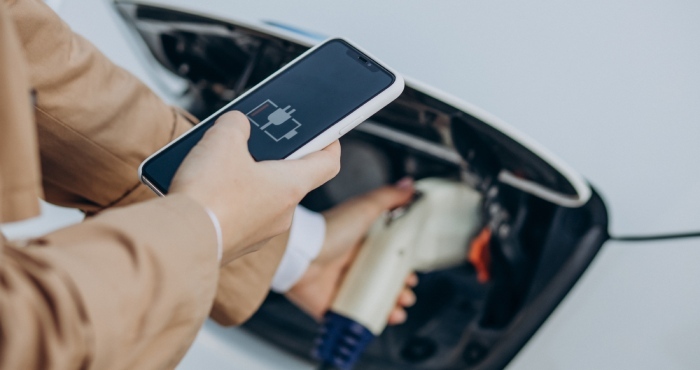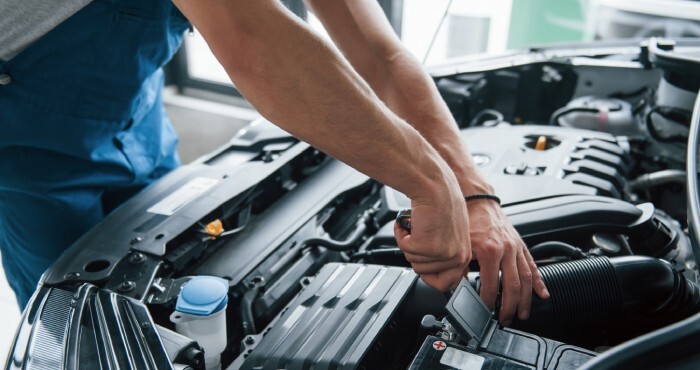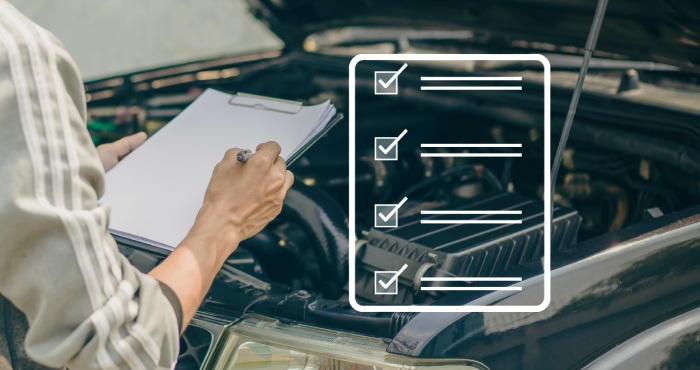California’s enthusiasm for electric cars, especially Teslas, has reshaped its roads and communities. Yet, ongoing problems with these high-tech vehicles can make enforcing Lemon Law rights more complex than with traditional gas cars. This guide outlines how the Song-Beverly Consumer Warranty Act applies to EVs, the common challenges Tesla owners face, and steps to secure fair resolutions.
What Counts as a “Lemon” for a Tesla?
California’s Lemon Law provides safeguards for purchasers and lessees of new and certain used vehicles that are backed by a manufacturer’s warranty. A vehicle is typically classified as a lemon if it exhibits a significant defect within the initial 18 months or 18,000 miles, necessitating at least two attempts for repairs, or if it has a non-safety-related issue that requires four repair attempts, or if it has been in the repair shop for a total of 30 days or more.
While this presumption simplifies the claims process, it is not the sole option available. Even after the 18-month or 18,000-mile period, a car may still be deemed a lemon if it continues to require repeated repairs under warranty that fail to resolve issues affecting its usability, safety, or overall value.
Why EVs—and Teslas—Create Unique Lemon Law Challenges
Battery and Range Issues
The battery is key to an EV’s performance, but problems like rapid capacity loss, reduced range, or charging issues may occur. Since Tesla’s warranty covers capacity retention, carefully tracking usage data and keeping records can help distinguish defects from normal wear and strengthen your case if concerns are dismissed.
Software Glitches and OTA Updates
Tesla’s over-the-air updates can fix issues remotely but may also cause new problems like braking glitches, autopilot failures, or screen reboots. Since each update counts as a repair attempt under Lemon Law—and downtime while waiting for an update can add to the 30-day threshold—it’s important to document update versions and dates carefully.
Charging Equipment and Infrastructure Challenges
Issues like charger malfunctions, supercharging failures, or faulty charge ports can leave drivers stranded. Careful documentation is key—if charging problems persist across different stations, outlets, or connectors, it shows the defect is with the vehicle itself rather than the charging setup.
Calibration of ADAS and Sensors
Advanced driver-assistance systems depend on correctly calibrated cameras, radar, and sensors. After a windshield replacement or collision repair, misalignment can trigger constant alerts or erratic behavior, and repeated failed recalibrations may count as a “reasonable number of repair attempts” under Lemon Law standards.
Availability of Parts and Delays in Service
When a vehicle is at a repair shop waiting for a specific part or advanced diagnostic services, the days it remains out of service accumulate quickly. If the delay is due to the manufacturer, these days typically contribute to the 30-day limit, even if no one is actively working on the vehicle.
EVs—and Teslas in particular—create unique Lemon Law challenges in Tecate, California, due to complex battery issues, software glitches, and specialized repair requirements.
What Remedies Does the California Lemon Law Provide?
If your Tesla is deemed a lemon, you typically have two main options for resolution:
- Buyback: The manufacturer will repurchase your vehicle and refund your payments, fees, and certain costs like towing or rentals. The refund is reduced by a mileage offset for the miles driven before the first major defect. In California, this mileage offset is calculated as follows: offset = (miles driven until the first repair attempt ÷ 120,000) × purchase price.
- Replacement: You may receive a new vehicle with similar specifications, adjusted for taxes and fees. Many prefer a buyback, but replacement is a good choice if you want to stay with the same brand and model.
If a manufacturer knowingly violates the law, courts can impose civil penalties of up to twice the actual damages, plus attorney’s fees and costs. This fee-shifting rule often allows you to work with a Lemon law attorney in San Diego without any upfront payment.
How to Build a Strong Tesla Lemon Claim
Maintain Detailed Records:
Keep a detailed log noting dates, mileage, symptoms, error messages, photos or videos, and how the issue affects usability, value, or safety (e.g., “requires extra charging stop on regular route”). For software issues, also record firmware versions and update timestamps.
Importance of Service Documentation:
Ensure that all repairs are conducted through official channels and retain every work order and invoice — even those indicating “no trouble found.” If a mobile service technician visits, ask for a detailed report of diagnostics and any parts used.
Distinguishing Repairs from Temporary Fixes:
While a hard reboot or software update may be a legitimate fix attempt, if the same issue reoccurs, it is still categorized as another repair effort. Keep track of how long your vehicle is out of commission, whether it’s in the shop, waiting on parts, or parked at home due to a recognized problem.
Conduct Charging Tests in Various Settings:
If charging issues arise, test your vehicle at home (Level 2), at different public charging stations, and at Superchargers. Record station IDs, testing times, ambient temperatures, and results. Identifying consistent patterns across locations can reinforce the argument that the vehicle is at fault.
Gather Battery Health Data:
Utilize the vehicle’s energy display, trip meters, and any health reports provided by the manufacturer. If you notice a significant drop in range following an over-the-air update, document the metrics before and after the update along with any relevant release notes.
Tips to Avoid Future Headaches
Prior to making a purchase, it’s essential to examine the warranty on the battery, confirm the capacity assurances, and investigate any issues related to specific model years. During the initial month of ownership, gather fundamental information regarding the vehicle’s range, charging speed, and software version for future reference. Consistently monitor over-the-air (OTA) updates by keeping a record of versions and changes, and promptly document any new issues that arise while seeking service when necessary.
Tesla’s advanced technology presents unique challenges, including battery and charging issues, as well as software and safety defects. With the help of a California Lemon Law lawyer, you can better protect your rights. By keeping detailed records and using authorized repair services, you strengthen your claim for a refund or replacement if these problems continue under California’s Lemon Law.





